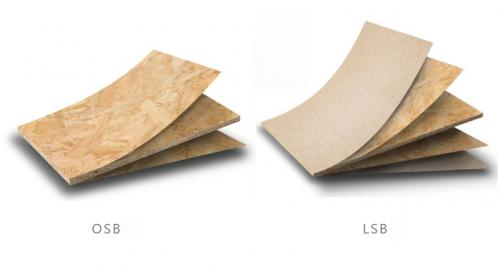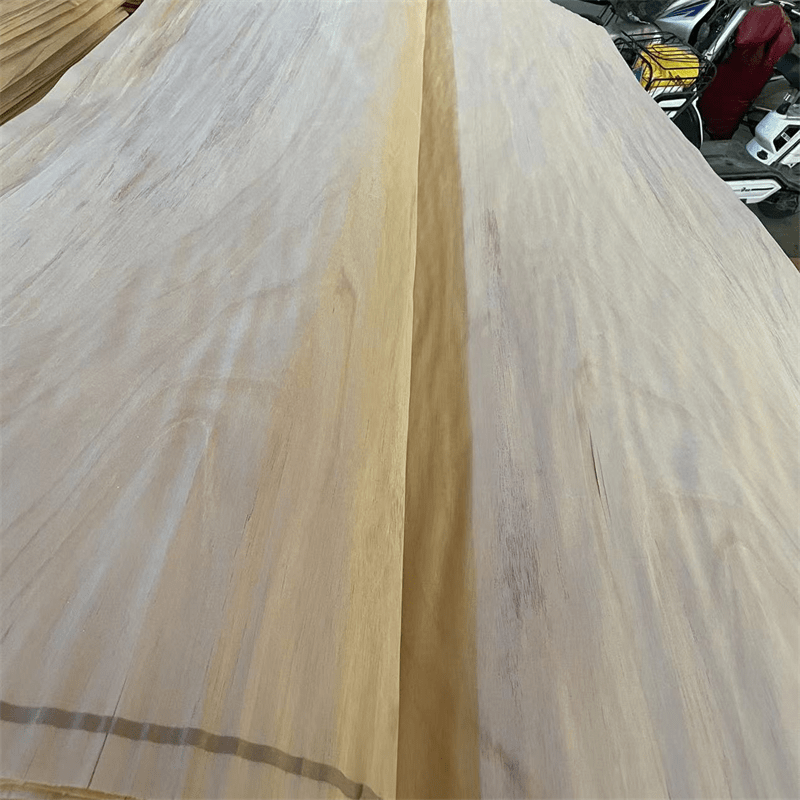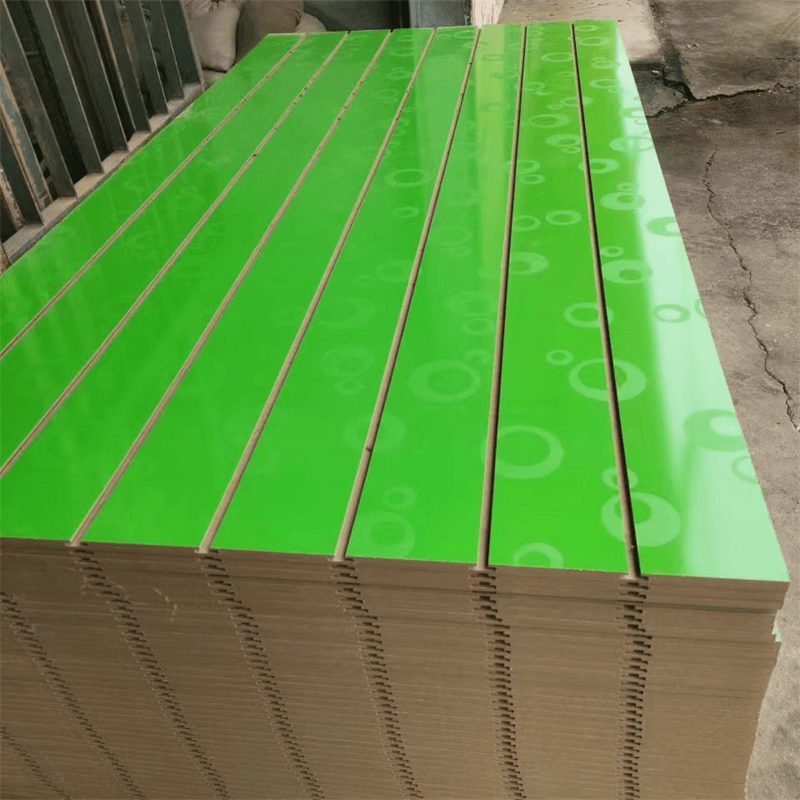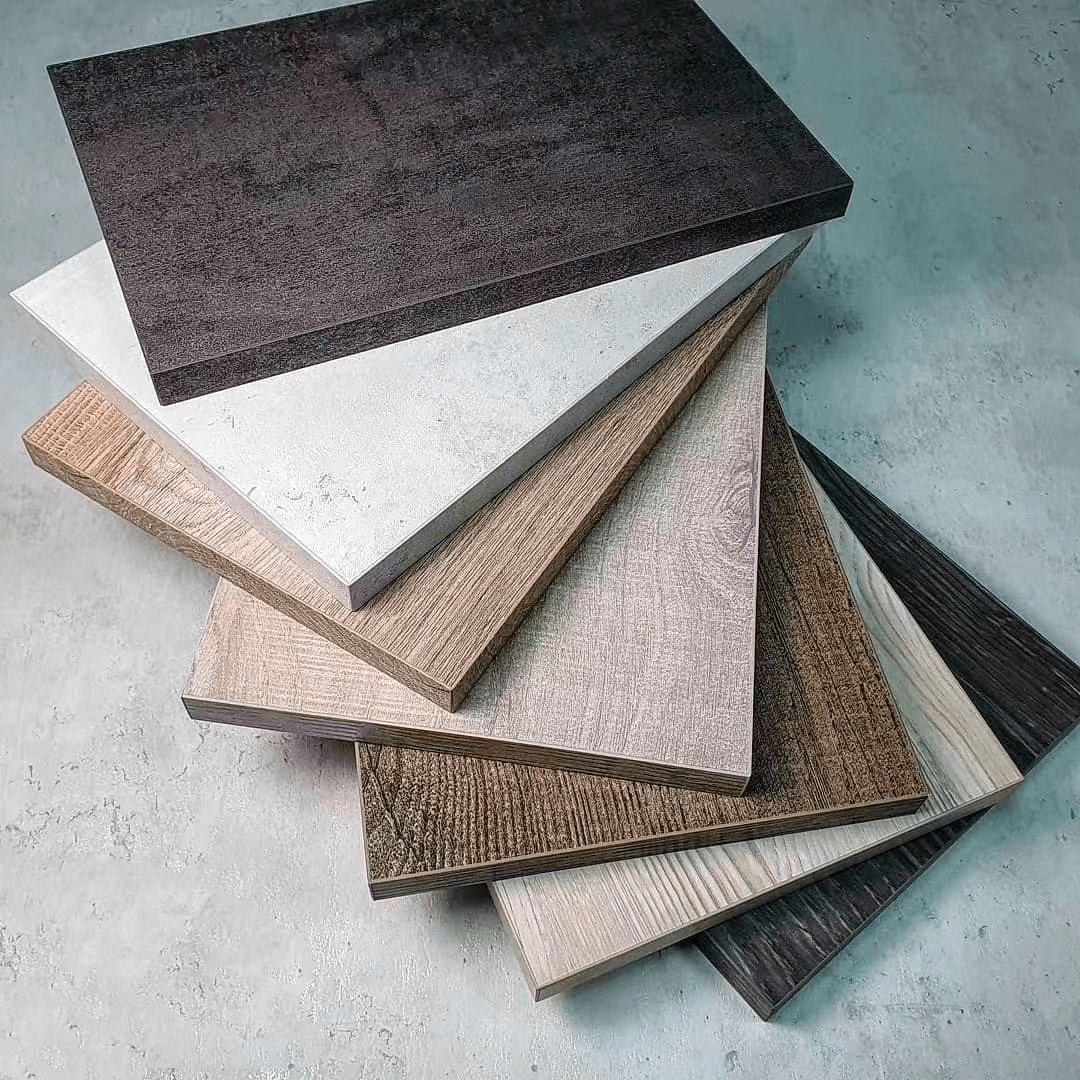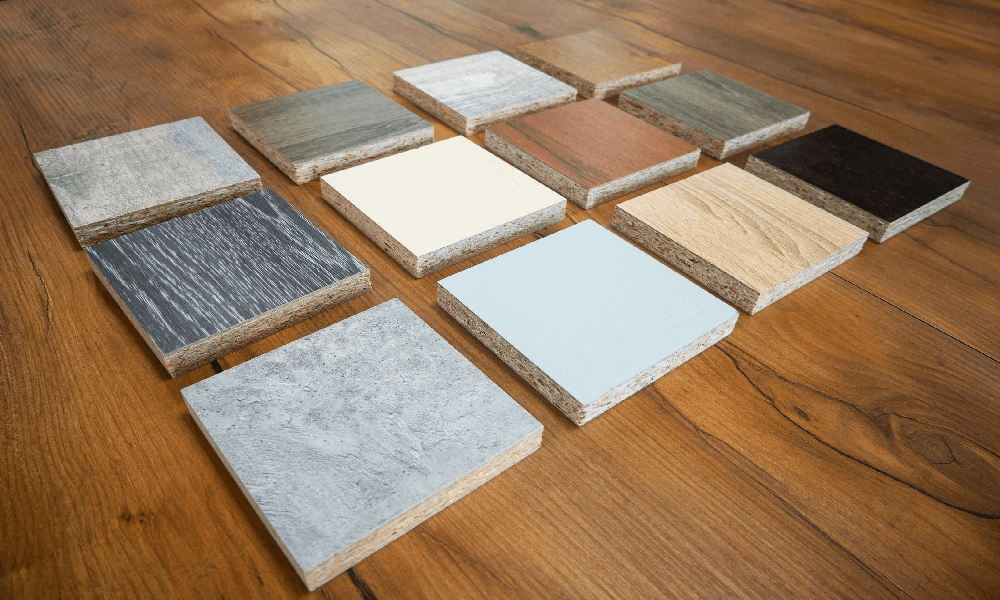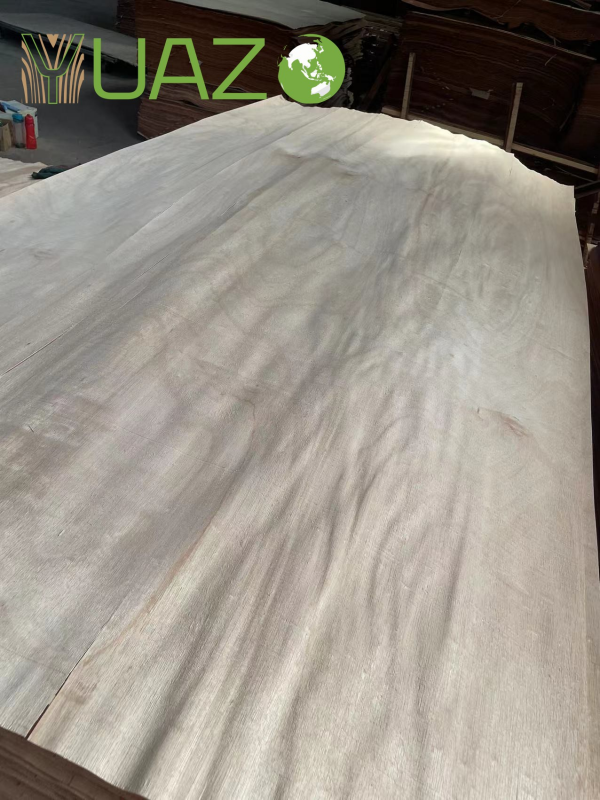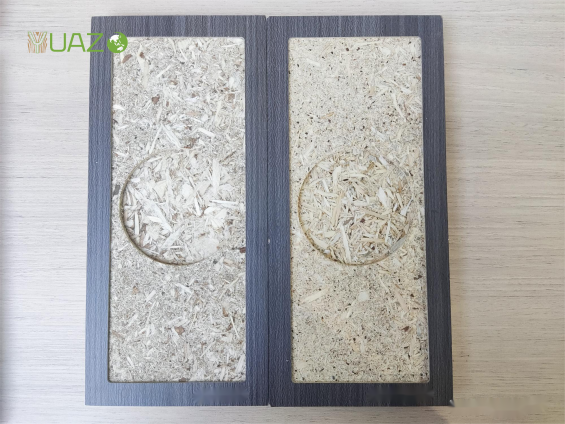International wood veneer market analysis
Wood veneer is a thin layer of wood commonly used in the construction and furniture industries. It is commonly used as a decorative covering on a variety of surfaces, such as cabinets, floors, and paneling. In recent years, the global veneer market has seen substantial growth due to the growing demand for aesthetic and sustainable materials in various applications.
According to the market analysis report, the international veneer market is valued at $9.2 billion in 2020 and is expected to reach $13.5 billion by 2027, with a compound annual growth rate of 5.8% during the forecast period. Several factors are contributing to the growth of the veneer market, including increasing urbanization, growth in the construction industry, and increasing disposable income.
A notable trend in the veneer market is the growing preference for environmentally friendly materials. Veneer is a sustainable alternative to solid wood because it requires fewer resources and can be extracted from fast-growing tree species. Veneer is increasingly being chosen by ecologically conscious consumers and builders as it reduces the demand on forest resources and helps control deforestation.

In addition, veneers provide a cost-effective option for achieving the desired aesthetic appeal in residential and commercial Spaces. It enables designers and architects to incorporate the beauty of natural wood into their projects without incurring the high costs associated with solid wood. This affordability factor further drives the demand for veneers in the global market.
In terms of regional analysis, North America holds a significant share in the veneer market due to its well-established construction industry and high demand for interior design and furniture. The United States and Canada are the major contributors to this market. However, the Asia-Pacific region is expected to achieve the highest growth in the coming years. Rapid urbanization, infrastructure development and rising disposable income in countries such as China and India are driving the demand for veneers in the region.
In addition, technological advances have also played a vital role in expanding the range of applications of veneers. Manufacturers have introduced innovative technologies to enhance the durability and flexibility of the veneer, making it suitable for a variety of surfaces and environments. For example, fireproof veneers are becoming more and more popular in commercial buildings to ensure safety without compromising aesthetics.

Despite the numerous growth drivers, the veneer market still faces some challenges that need to be addressed. Unethical logging practices and illegal timber trade pose a threat to the sustainability of the market. To address this issue, we have launched several initiatives and certifications to promote responsible sourcing and forest management, ensuring that veneers come from legal and sustainable sources.
In conclusion, the international veneer market is growing steadily, driven by the growing demand for sustainable and cost-effective materials in the construction and furniture industries. The preference for environmentally friendly options and advances in technology have further driven the global popularity of veneers. However, responsible sourcing and forest management remain key factors for the continued growth of this market. With its versatility and aesthetic appeal, veneer remains a popular material on the global market, shaping the future of the construction and furniture industries.


